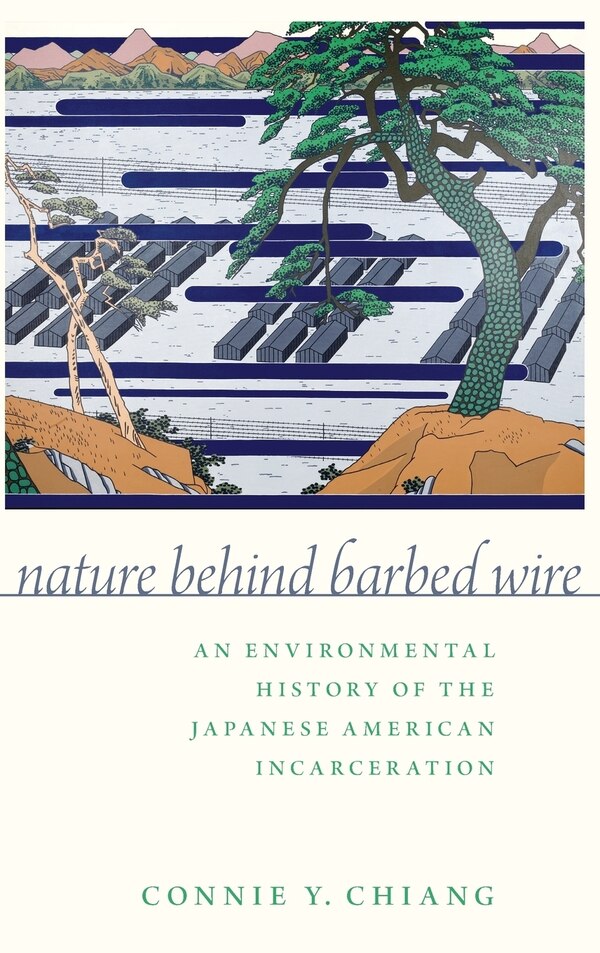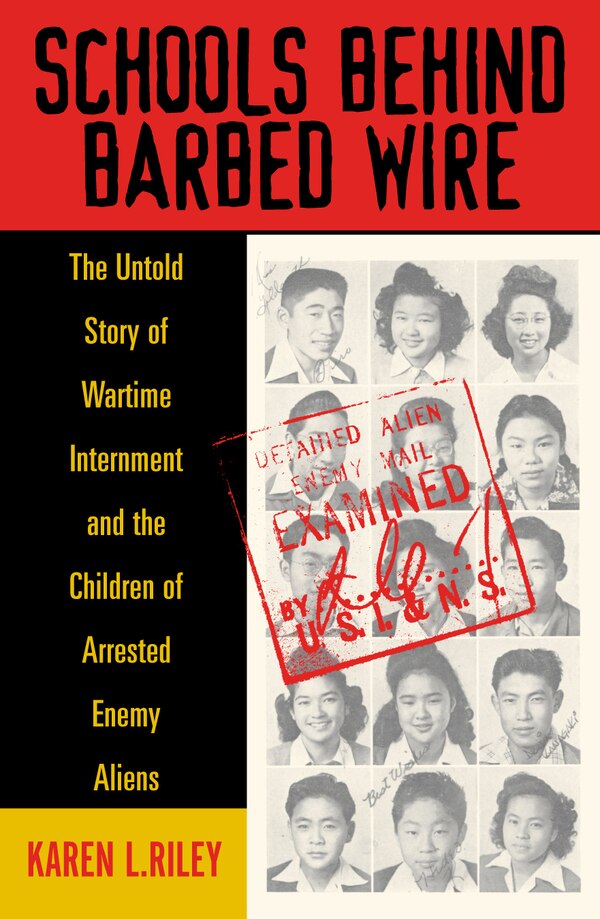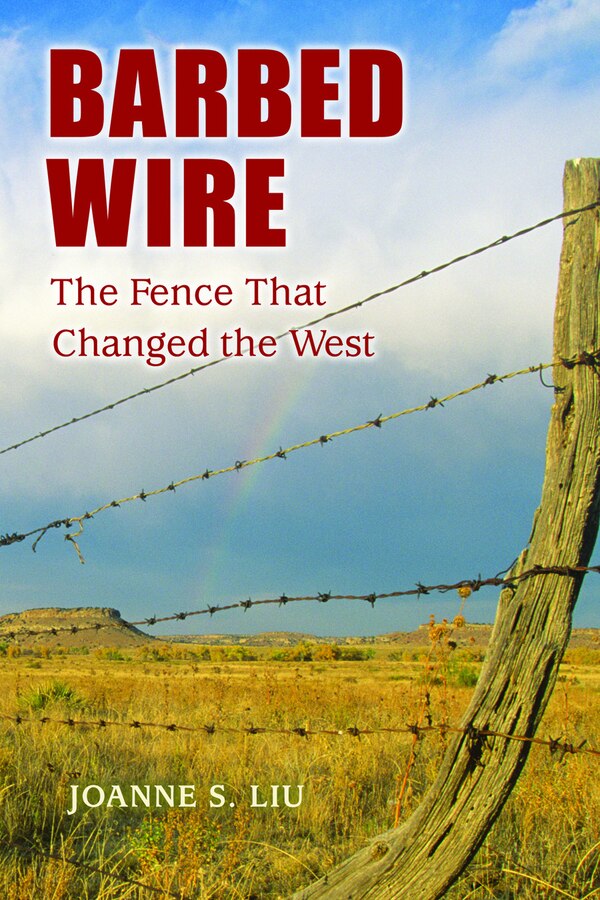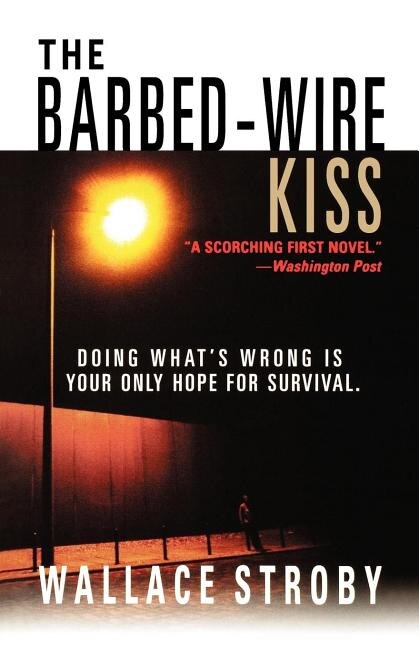
Compare Nature Behind Barbed Wire by Connie Y. Chiang, Hardcover | Indigo Chapters
Connie Y. Chiang
$39.00
The mass imprisonment of over 110, 000 people of Japanese ancestry during World War II was one of the most egregious violations of civil liberties in United States history. Removed from their homes on the temperate Pacific Coast, Japanese Americans spent the war years in ten desolate camps inthe nation's interior. Although scholars and commentators acknowledge the harsh environmental conditions of these camps, they have turned their attention to the social, political, or legal dimensions of this story. Nature Behind Barbed Wire shifts the focus to the environment and explores how it shaped the experiences of Japanese Americans and federal officials who worked for the War Relocation Authority (WRA), the civilian agency that administered the camps. The complexities of the natural world both enhancedand constrained the WRA's power and provided Japanese Americans with opportunities to redefine the terms and conditions of their confinement. Even as the environment compounded their feelings of despair and outrage, they also learned that their willingness (or lack thereof) to transform and adapt tothe natural world could help them survive and contest their incarceration. Put another way, the natural world often amplified the agency of Japanese Americans while blunting that of the federal government. Ultimately, this book demonstrates that the Japanese American incarceration was fundamentally an environmental story as Japanese Americans and WRA officials negotiated the terms of confinement with each other and with a dynamic natural world. | Nature Behind Barbed Wire by Connie Y. Chiang, Hardcover | Indigo Chapters







